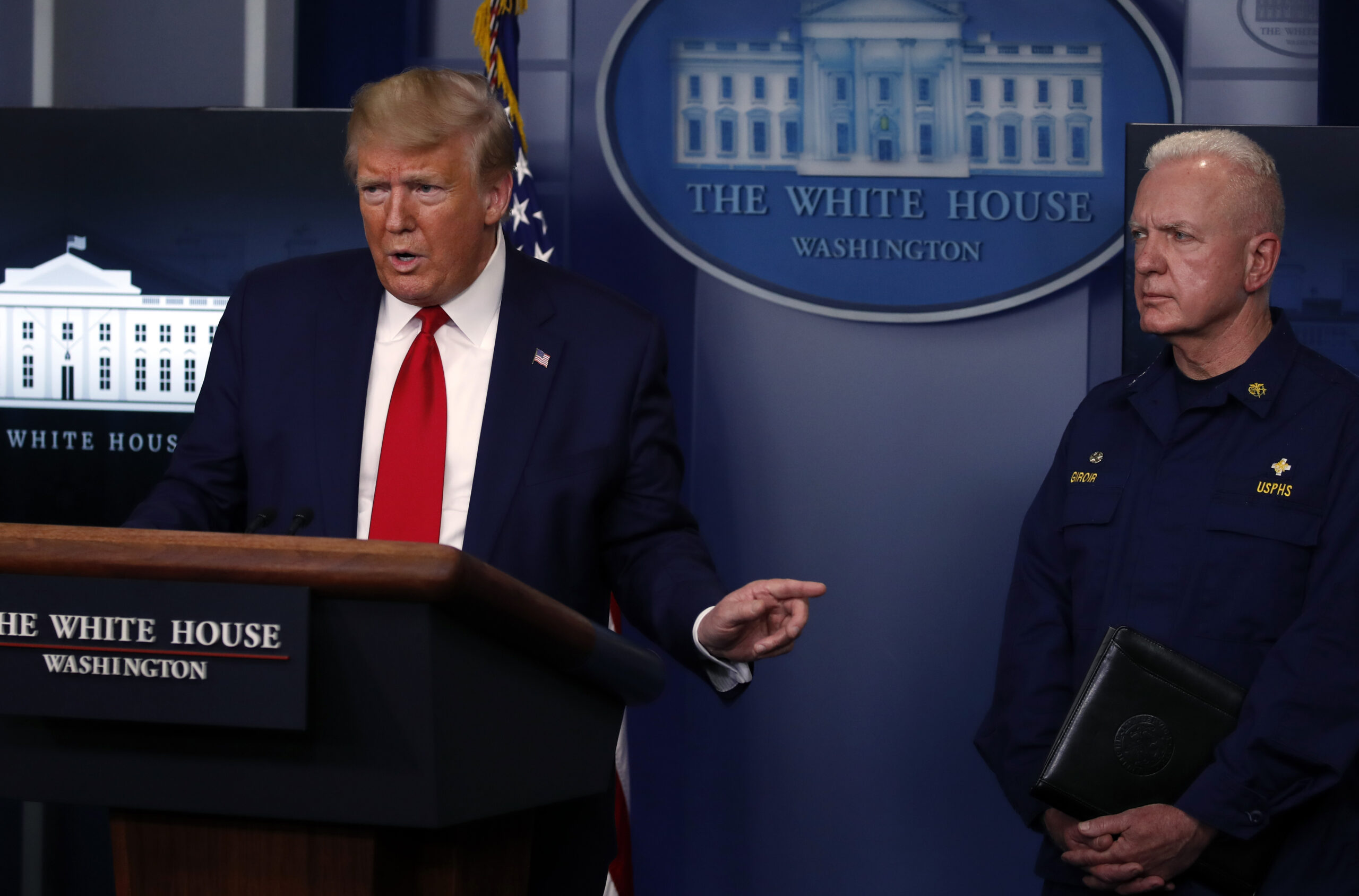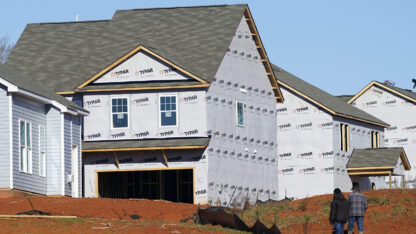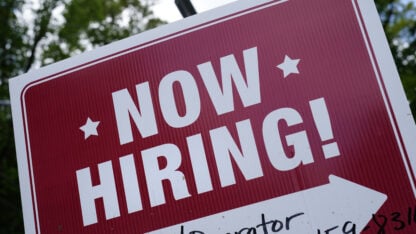Updated at 6:26 p.m. ET
President Trump acknowledged that he just learned recently about a warning earlier this year from a top adviser about the risks of the coronavirus — but he defended his actions on Tuesday at a news conference.
“I couldn’t have done it any better,” Trump said about his and his administration’s handling of the pandemic.
The president’s explanation followed a report about a memo filed by his economic adviser, Peter Navarro, which warned about the risks to the United States of the outbreak then mostly afflicting China, where it originated.
Trump said he never saw that warning at the time it was submitted but he conceded it might have been possible that it reached people on his staff. The president downplayed the risks from the coronavirus before changing his tune as it then began to ravage the United States.
Trump told reporters on Tuesday that he wanted to be positive — “I’m a cheerleader for this country. I don’t want to create havoc and shock and everything else” — and also that his actions in response to the pandemic came as quickly as practical.
Trump also defended his decisions to shut down travel from China and elsewhere; the president also maintains that his response in the latest phase of the pandemic has been stellar.
He read off another list of statistics about the availability of ventilators and the number of tests Trump said have been performed across the country.
Social distancing recommendations endure.
With more than 383,000 confirmed cases of the coronavirus in the United more than, and over 12,000 deaths, President Trump is continuing to ask Americans to maintain social distancing through the end of the month to help control the spread of the pandemic.
The White House scheduled its daily briefing at 5:30 p.m. ET on Tuesday. The briefing comes after a day of staffing shakeups on the White House communications team, including a move back to the East Wing for Stephanie Grisham, who had been press secretary and communications director.
Trump has also demoted Glenn Fine, the head of the panel of federal watchdogs overseeing the administration’s management of the $2 trillion economic relief package. Fine will return to his position as the principal deputy inspector general at the Department of Defense.
Trump replaced Fine with Sean W. O’Donnell, the inspector general at the Environmental Protection Agency.
Rep. Carolyn Maloney, D.-N.Y., who chairs the House Committee on Oversight and Reform, called Trump’s move a “blatant attempt to degrade the independence of Inspectors General who serve as checks against waste, fraud, and abuse.”
And acting Navy Secretary Thomas Modly resigned after deriding, and then firing, a ship commander who complained that thousands of crew members remained on board after cases of coronavirus were confirmed onboard.
Watch Tuesday’s briefing live.
Maintaining mitigation
During Monday’s coronavirus task force briefing, Dr. Anthony Fauci and Dr. Deborah Birx said Americans can help bring down earlier projections that suggested the crisis could bring a death toll between 100,000 and 200,000.
“If we work as hard as we can over the next several weeks, we will see potential to go under the numbers that were predicted by the models,” Birx said.
Birx explained for efforts to be successful, the public needs to comply with social distancing measures, including staying at home, avoiding large groups and being diligent with hand washing.
“We’re doing this strictly by behavior change. It’s very hard to change the trajectory of viruses on just behavior change. We have had difficulty in our past doing that,” Birx said.
On a return to normal
Dr. Fauci cautioned Americans that a true return to normalcy is a ways away.
“If ‘back to normal’ means acting like there never was a coronavirus problem, I don’t think that’s going to happen until we do have a situation where you can completely protect the population,” Fauci said.
A vaccine for the novel coronvirus is likely more than a year away.
But Fauci stressed that doesn’t mean the strict social distancing measures will be in place until then.
“When we say getting back to normal, we mean something very different from what we’re going through right now, because right now we are in a very intense mitigation,” he said. “When we get back to normal, we will go back gradually to the point where we can function as a society.”
Dr. Fauci also noted in Monday’s briefing that New York Gov. Cuomo had reported a leveling off in the number of hospitalizations and intubations.
“That doesn’t mean we don’t have a lot of work to do,” Fauci said. “That tells me … we got there through mitigation. We cut off the stream of people who ultimately required hospitalization, required intubation, required all of the kinds of extreme methods.”
He also pointed to Washington and California as states that are also showing the positive results of strict mitigation measures.
Fauci echoed a call he’s made many times about social distancing: “Keep it up. Because this is going to get us out of it. This is our best and only great public health tool.”
Copyright 2020 NPR. To see more, visit https://www.npr.org.
9(MDAxODM0MDY4MDEyMTY4NDA3MzI3YjkzMw004))

9(MDAxODM0MDY4MDEyMTY4NDA3MzI3YjkzMw004))








